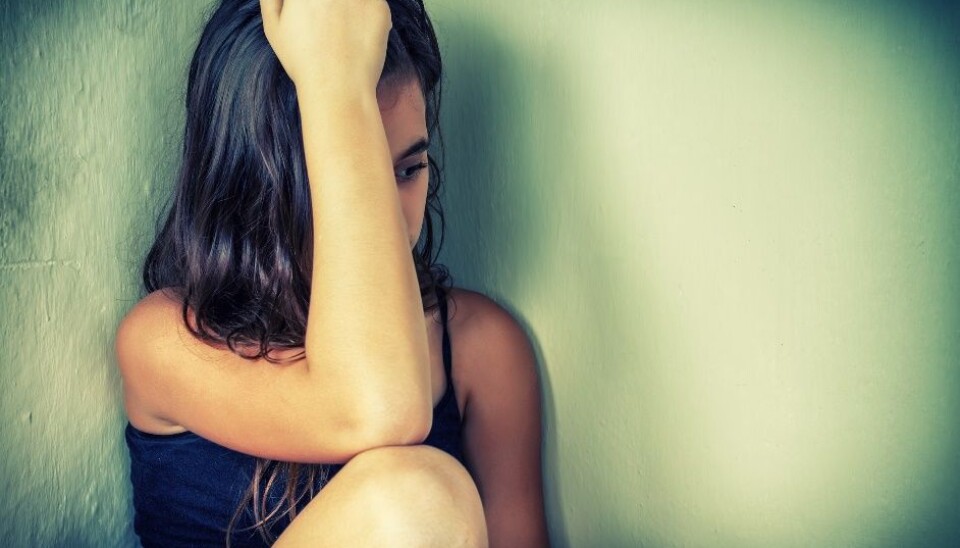An article from Norwegian Centre for Violence and Traumatic Stress Studies (NKVTS)

1 in 6 children develop PTSD after a traumatic event
Children who are abused, experience war or terrorism, develop post-traumatic stress disorder more often than children who experience natural disasters, injury due to an accident or sudden death of a parent.
Denne artikkelen er over ti år gammel og kan inneholde utdatert informasjon.
This is the conclusion from a meta-analysis, which analyzed data from 43 different studies from across the world.
“To date, there has been uncertainty of how many children and adolescents develop post traumatic stress disorder (PTSD) after traumatic events,” explains researcher Gertrud Sofie Hafstad.
Hafstad is a researcher at the Norwegian Centre for Violence and Traumatic Stress Studies (NKVTS) and one of the researchers involved in this international study
Betrayal and Insecurity
There was considerable variation in the type of trauma children and adolescents in the study were exposed to.
Researchers found that amongst children and adolescents exposed to what they call interpersonal trauma, such as abuse, injury due to violence, terrorism and war, 1 in 4 children developed PTSD.
Amongst the children and adolescents who were exposed to non-interpersonal trauma, such as natural disasters, injury due to accident, life-threatening disease and sudden death of a parent, 1 in 10 developed PTSD.
“It is thought that interpersonal trauma leads to higher rates of PTSD because the trauma is often more chronic. If the perpetrator is a family member, betrayal of trust is involved, and this can strongly shatter a child’s assumptions of the world as safe and predictable,” says Hafstad.
This can also lead the child to a larger degree blaming themself for the trauma taking place
Girls more exposed
The study showed that girls are more likely to develop PTSD following trauma than boys are. Hafstad explains that this has partly to do with girls being at a greater risk of being exposed to interpersonal trauma to begin with.
Another explanation may be that girls might “internalize” rather than “externalize” their emotions and behavior following a traumatic event; or that they to a larger degree than boys blame themselves for the trauma Hafstad says, and adds that further research on this topic is needed.
“Now that we know how many children develop PTSD after exposure to potentially traumatic events, it makes it easier to distribute more adequately mental health resources for these children, and can indicate who will need the most help,” says Hafstad.


































